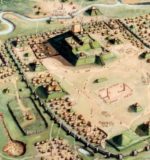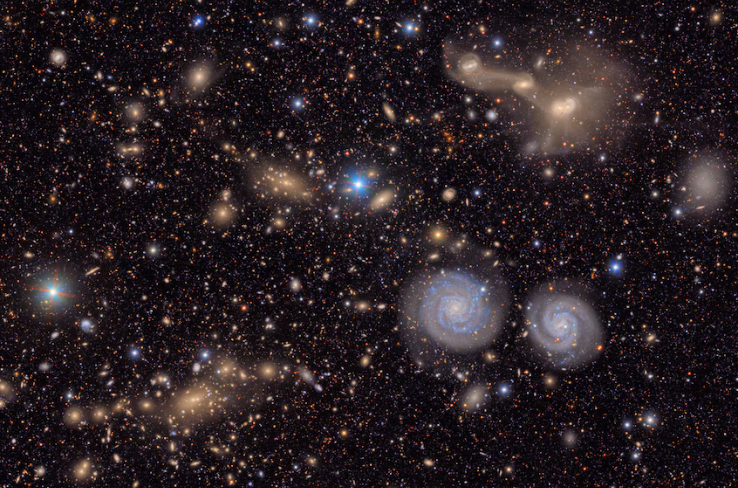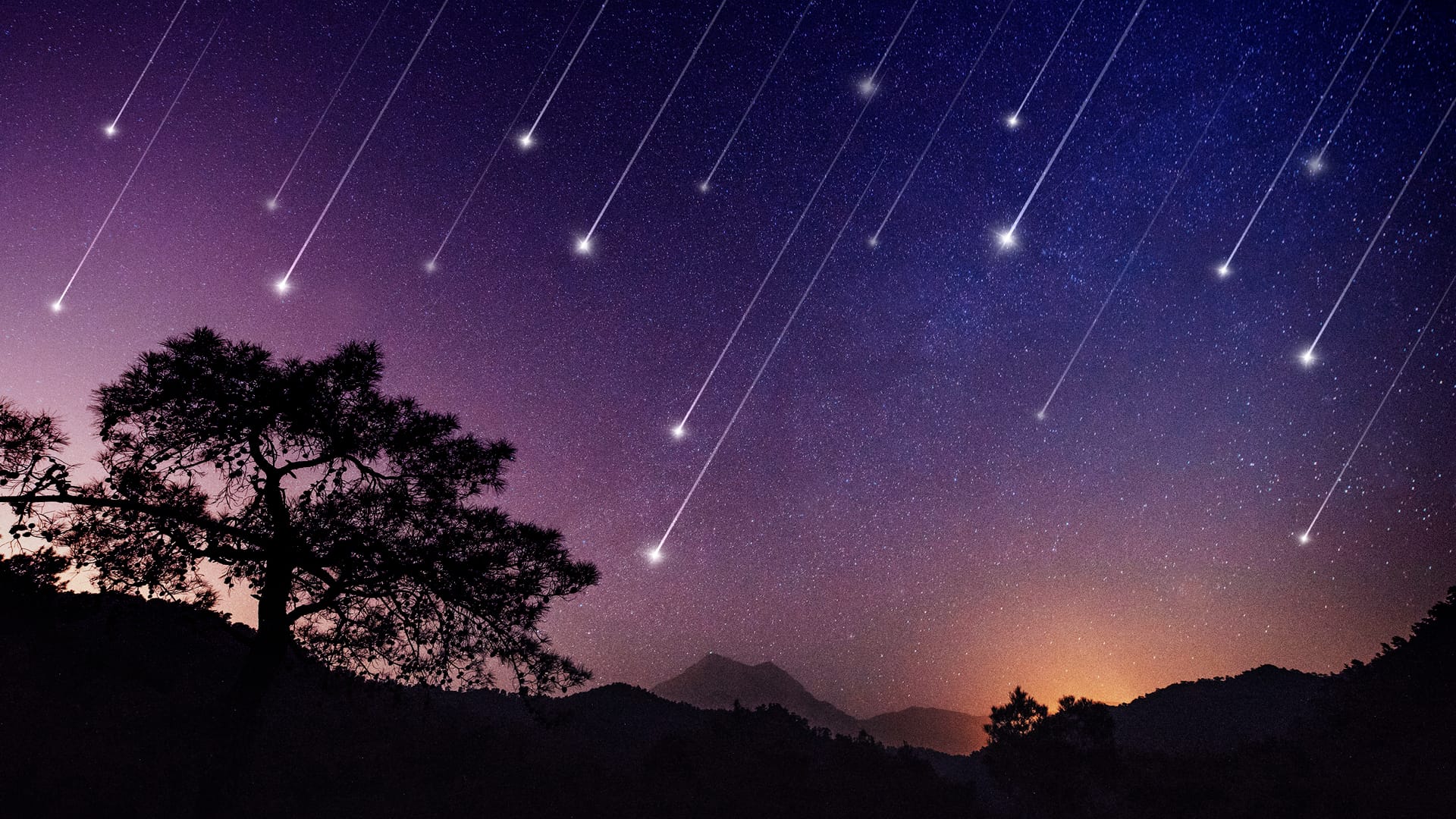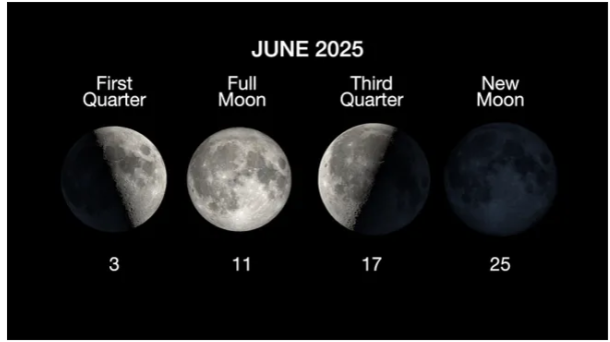Nestled on the banks of the Mississippi River, the forgotten city of Cahokia was once a bustling metropolis, the largest and most cosmopolitan hub north of Mexico, home to the Mississippian indigenous culture.
Today, no one knows what happened to it. Tens of thousands of its inhabitants are merely said to have ‘disappeared’, leaving behind their giant earthen mounds, spread across 13 square kilometres (5 square miles).
By the mid 1300s, long before white settlers arrived on the continent, archeologists say it was virtually abandoned.
A fresh analysis of ancient human faeces has now weaved a wholly different story.
The Cahokia area, it reveals, was only forsaken briefly. By the time Columbus sailed the ocean blue, the metropolis – which was located in modern-day Illinois near what is now St. Louis – was already being repopulated, and by 1650, the number of its residents had surged to a whole new high.
“The story of Cahokia was a lot more complex than, ‘Goodbye, Native Americans. Hello, Europeans,’ and our study uses innovative and unusual evidence to show that,” says anthropologist AJ White from the University of California Berkeley.
The widespread abandonment of Cahokia between 1450 and 1550 CE is a time known as the ‘vacant quarter’. Over the years, archaeological investigations have indicated several contributing factors to this slump, including conflict, population movement, flooding, drought, climate change, and the over-exploitation of resources.
But while many have remained focused on the Cahokia collapse, few have researched what happened after.
Widespread acceptance of the vacant quarter hypothesis has perpetuated the “myth of the vanishing Indian”, the authors argue, even though historical accounts suggest Mississippian culture never collapsed completely.
“One would think the Cahokia region was a ghost town at the time of European contact, based on the archeological record,” says White.
“But we were able to piece together a Native American presence in the area that endured for centuries.”
As well as using historical, climatic and ecological data, the team decided to supplement their work with faecal evidence. After all, wherever humans live, we defecate.
Certain molecular signatures in human poop, called stanols, can be washed into lakes and other basins by the rain, which means the more stanols you find in ancient sediments, the more people who likely lived nearby.
Not far from Cahokia’s famous mounds in the state of Illinois, archaeologists dug up two sediment cores from opposite sides of Horseshoe Lake.
The results suggest that after hitting a low point, the population in this area began to resurge again in 1500 CE, indicating that any lack of growth was short-lived.
Only in 1700, well after European arrival, did fecal stanol ratios begin to show a decline.
“It is important to note that the depopulation of Cahokia in the twelfth to fourteenth centuries was not the end of an indigenous presence in the Horseshoe Lake watershed, despite a lack of archaeological evidence and research emphasis on Mississippian occupations,” the authors write.
“By acknowledging a repopulation following the Mississippian decline, we move closer to a narrative of native persistence over disappearance.”
The timing of it all is pretty remarkable, too. During the population increase, other native populations in the United States, Canada and the Caribbean were in serious decline from violence and foreign diseases spread by European colonists.
Far from the coast, the inhabitants of Cahokia were likely shielded for a time, although not forever. Today, many claim the Illinois tribe is no more, but White and his colleagues argue “regional depopulation and relocation do not equate to cultural extinction”.
In a previous study using ancient human poop samples, published last year, White found evidence of droughts and floods that might have contributed to Cahokia’s fluctuating population in the 1300s.
“Cultures can be very resilient in face of climate change but resilience doesn’t necessarily mean there is no change. There can be cultural reorganization or decisions to relocate or migrate,” explained anthropologist Sissel Schroeder at the time.
Disappearing completely is another matter. Through warfare, disease, removal, environmental change, and political upheaval, Cahokia might have persisted for much longer than we thought.








 Photographer Finds Locations Of 1960s Postcards To See How They Look Today, And The Difference Is Unbelievable
Photographer Finds Locations Of 1960s Postcards To See How They Look Today, And The Difference Is Unbelievable  Hij zet 3 IKEA kastjes tegen elkaar aan en maakt dit voor zijn vrouw…Wat een gaaf resultaat!!
Hij zet 3 IKEA kastjes tegen elkaar aan en maakt dit voor zijn vrouw…Wat een gaaf resultaat!!  Scientists Discover 512-Year-Old Shark, Which Would Be The Oldest Living Vertebrate On The Planet
Scientists Discover 512-Year-Old Shark, Which Would Be The Oldest Living Vertebrate On The Planet  Hus til salg er kun 22 kvadratmeter – men vent til du ser det indvendigt
Hus til salg er kun 22 kvadratmeter – men vent til du ser det indvendigt  Superknepet – så blir snuskiga ugnsformen som ny igen!
Superknepet – så blir snuskiga ugnsformen som ny igen!  Meteorite That Recently Fell in Somalia Turns Out to Contain Two Minerals Never Before Seen on Earth
Meteorite That Recently Fell in Somalia Turns Out to Contain Two Minerals Never Before Seen on Earth  Nearly Frozen Waves Captured On Camera By Nantucket Photographer
Nearly Frozen Waves Captured On Camera By Nantucket Photographer  It’s Official: Astronomers Have Discovered another Earth
It’s Official: Astronomers Have Discovered another Earth 
bf4e5g
gjiquy
og43pt